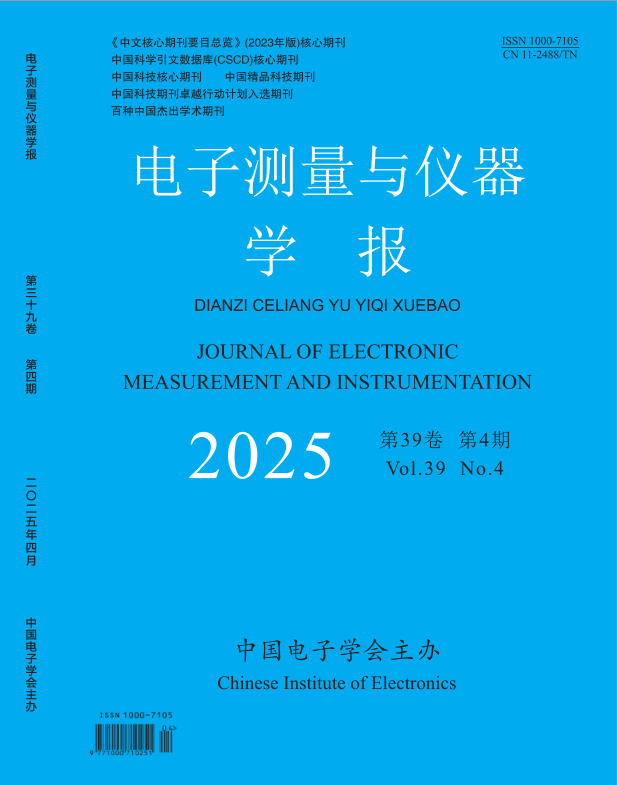2021, 35(12):24-36.
Abstract:With the development of disciplines such as climate diagnosis, climate change and weather forecasting, the measurement
accuracy of the sounding temperature sensor has increased to the order of 0. 1℃ . Due to the interference of factors such as solar
radiation, lift-off speed, cloud in and out of the cloud, the sensor measurement error can reach 3℃ or even higher, which has become
the main obstacle restricting the improvement of meteorological detection accuracy. Aiming at this problem, firstly, the optimal design
scheme of the temperature sensor is obtained through three-dimensional modeling and fluid mechanics analysis. The measurement error is
minimized from the sensor morphology design. Then, by analyzing and summarizing historical meteorological observation data, the first
domestic high-altitude observation dataset containing 900 000 detection records based on the real environment was constructed to solve
the problem of deviation between the simulated environment and the real environment. Finally, Morlet wavelet is used as the activation
function of the deep neural network. The support vector machine, XGBoost, deep neural network, and linear regression are combined to
construct a prediction model for the measurement error of the sounding temperature sensor. After the error prediction model proposed in
this paper, the average error is reduced from 0. 817 to 0. 008, the root mean square error is reduced from 0. 878 to 0. 068, the standard
deviation is reduced from 0. 458 to 0. 204, and the fitting coefficient R
2
is 0. 93. The measurement accuracy of the temperature sensor
has been significantly improved, which is more conducive to the development of relevant content of the meteorological discipline.
